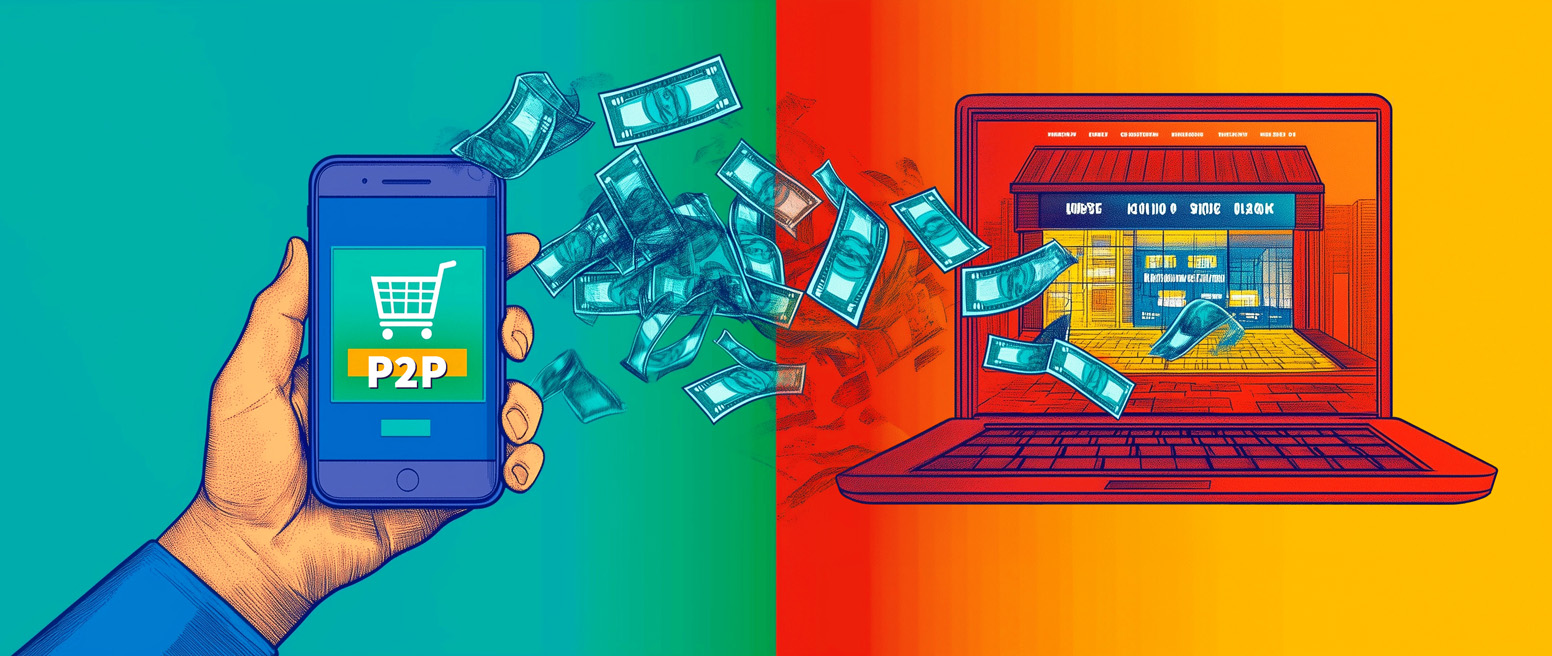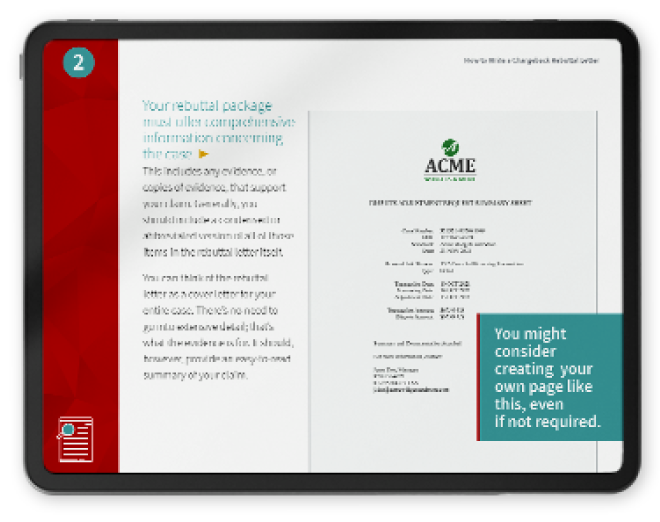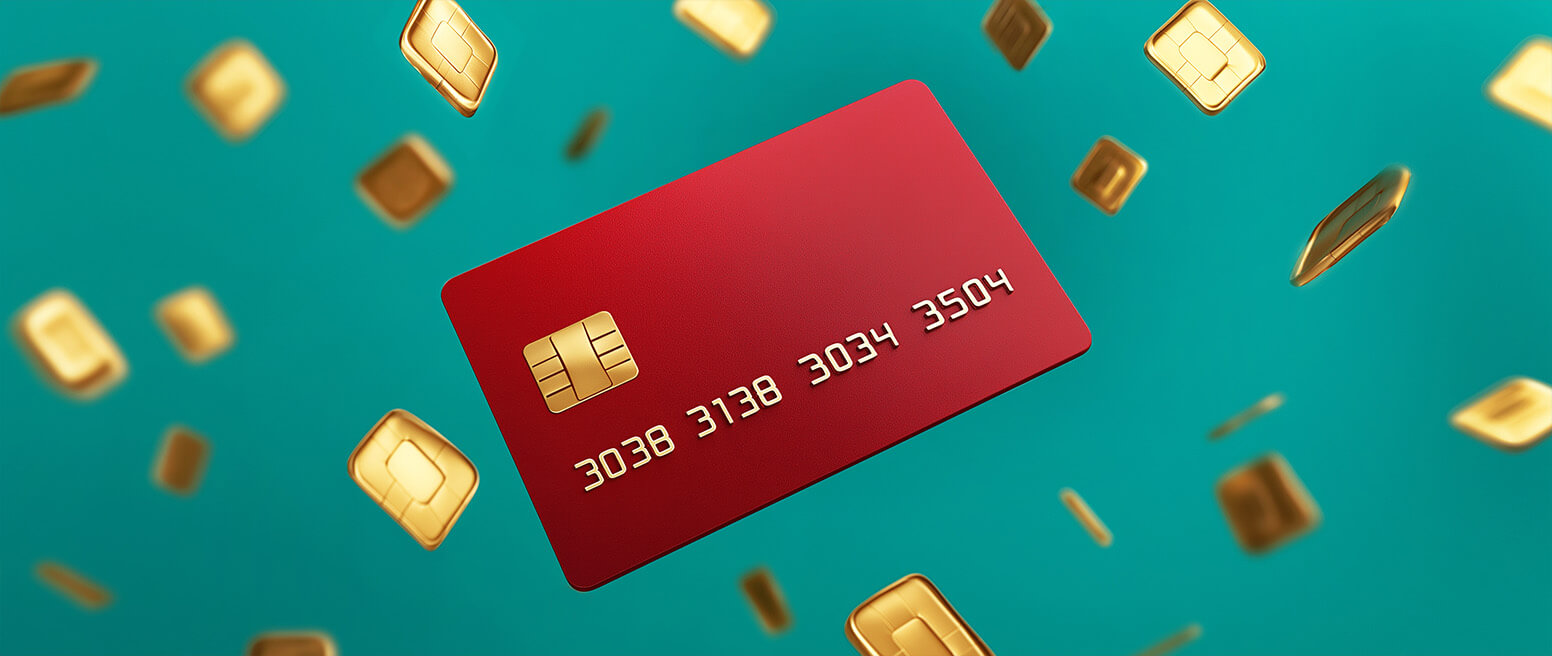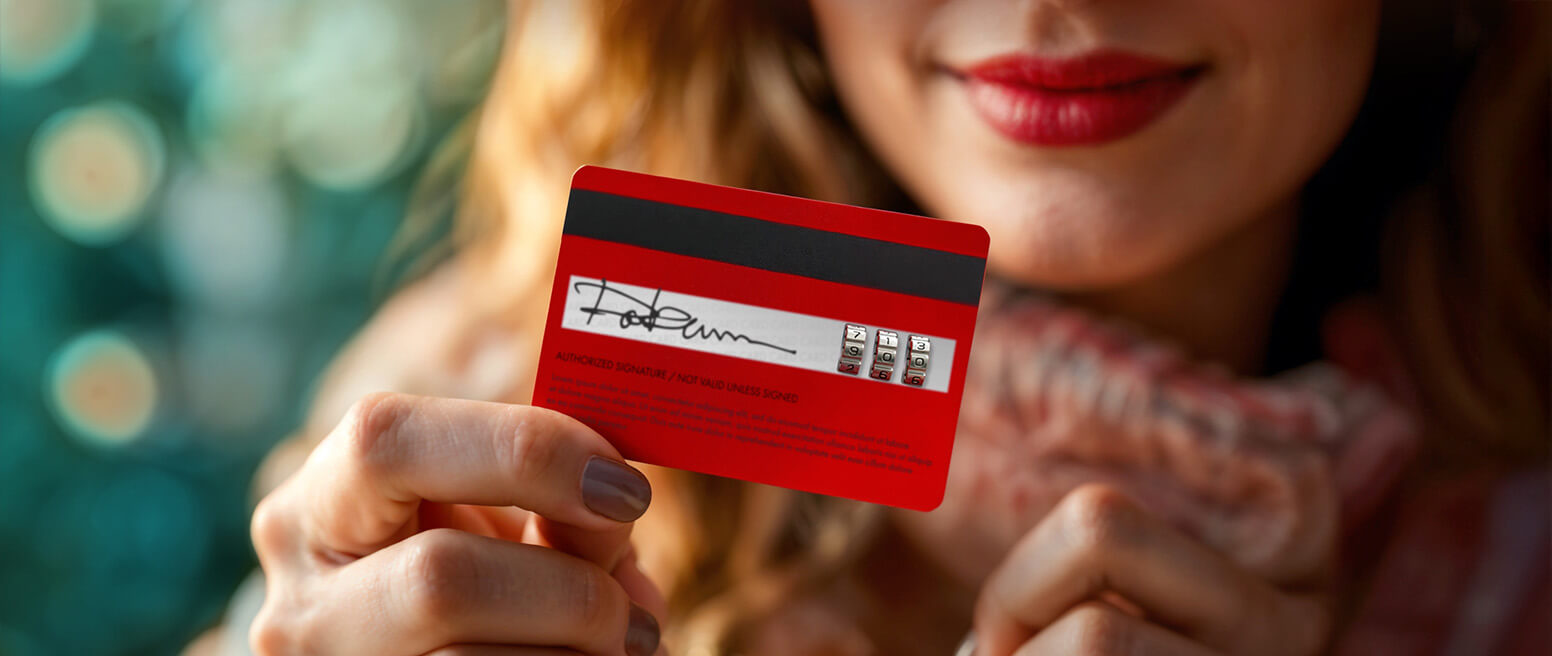Preliminary Data From Chargebacks911® Shows YoY Jump in P2P Payments in eCommerce
Exciting news! The first preliminary data from the 2024 Chargeback Field Report is in!
Our annual report is based on surveys conducted with hundreds of merchants operating in the online market. We gathered data from a wide variety of respondents, including small businesses, enterprise operations, merchants offering digital subscriptions, physical goods retailers, and everyone in between.
The Chargeback Field Report offers retailers, financial institutions, and other stakeholders a cross-view of the current state of chargebacks. This study highlights current fraud trends, highlighting key pain points for retailers in general, and eCommerce merchants in particular.
We’re still examining and compiling some of the most interesting data from the survey. But, we thought we’d offer our readers a sneak peek before the full report drops.
Today, we’re looking at an interesting data point we discovered regarding peer-to-peer (or “P2P”) payments apps, and their surprisingly wide acceptance among card-not-present retailers.
Recommended reading
- What is EMV Bypass Cloning? Are Chip Cards Still Secure?
- Dispute Apple Pay Transaction: How Does The Process Work?
- Terminal ID Number (TID): What is it? What Does it Do?
- What is EMV Technology? Definition, Uses, Examples, & More
- Visa Installments: How it Works, Benefits, & Implementation
- dCVV2: How do Cards With Dynamic CVV Codes Work?
P2P Payments Acceptance Sees Big YoY Bump
Each year, we ask our respondents “Besides credit cards, which payment methods do you accept?” The purpose is to determine the range of payment options that merchants offer their customers, and what opportunities — and risks — these methods might present.
We asked respondents about a variety of alternative payment options, including digital wallets, bank transfers (ACH), and cryptocurrency. When taking new survey responses and comparing them to the responses from last year, we didn’t see a tremendous change in acceptance rates for most payment options... with one exception, of course.
2023 Alternative Payment Method Acceptance:
When we asked this question in 2023, approximately 14% of merchants said that they accept peer-to-peer payments, using apps like PayPal, Venmo, Cash App, and Zelle. But, when we asked the same question this year, the number of positive responses increased to 23.2%. That’s right; nearly one-quarter of all merchant respondents now accept payments through one of these services.
2024 Alternative Payment Method Acceptance:
For those among us who aren’t mathematicians, that’s a 65.7% increase in P2P payment acceptance in just one year.
Benefits of Peer-to-Peer App Acceptance
Clearly, there’s been an uptick in interest among retailers that are keen to offer peer-to-peer payments at checkout. But, what’s the appeal of giving customers this option?
Accepting P2P payment apps offers a few significant advantages over conventional payment processing, including:
Could P2P Payments Mean Elevated Fraud Risk?
At the same time, we also asked merchants about the risks associated with new payment options. When asked “Do you feel that offering alternative payment options increases fraud risk?” 60% of respondents said that alternative payments did, in fact, result in more risk.
There’s no way to conclusively determine that alternative payment options will actually increases one’s risk; at least, not at this stage. But, I think that concerns about fraud risk associated with peer-to-peer payments are valid to some degree.
After all, fraudsters are very resourceful, and are always looking for ways to exploit new technologies to their advantage. They use sophisticated tactics to defraud merchants, and can adapt these tactics as circumstances change. Just look as some of the professional “fraud as a service” providers on the market for evidence of that.
I should point out that there are other factors that present well-established threats here, though. Selling in a high-risk vertical, for instance, or offering subscription services; both of these are associated with an elevated chargeback risk.
Accepting P2P payments, on top of these other risk factors, might create a compounding effect. But, I’m confident that there’re more risk associated with established high-risk practices than with P2P payments acceptance.
| Low-Risk Merchant | High-Risk Merchant | |
| Average monthly sales volume | Less than $20,000 | Over $20,000 |
| Average credit card transaction | Less than $500 | Over $500 |
| Different currencies accepted | One | Multiple |
| Offer recurring (subscription) payments | No | Yes |
| Placed on MATCH list/history of excessive chargebacks | No | Yes |
| Main product offering | Low risk: books, office supplies, clothing, home goods, etc. | High risk: software, digital, tickets, seasonal items, etc. |
| Based in or sell to a high-risk region (anywhere outside the US, EU, CA, JPN, or AU) | No | Yes |
Does Payments Diversification Mean Greater Risk?
Merchants should always try to implement proper fraud detection and prevention measures, regardless of the payment methods they accept. Monitoring transactions, analyzing data for suspicious patterns, and implementing strong authentication methods, for example, are all practices that can help keep risk in check.
There’s also the chance that, by diversifying payment methods, merchants can make it more difficult for fraudsters to exploit a single vulnerability in the system. So, while we talked about potential risks, my theory is that embracing P2P is more likely to help one cater to diverse customer preferences and increase customer satisfaction while also helping keep risk in check.
Although there may be some concerns about increased fraud risk with alternative payments, it seems that the benefits will likely outweigh potential risks. There may be some concerns about an increase in fraud risk, but merchants should always weigh risks against the potential benefits when considering implementing any new technology.















